Normal People
6 years ago by
When you tell people you are a writer, they like to share their stories. This is especially true when you are riding in the back of a Lyft, and that is likely because many shared-service drivers are people persons. (As one must be, when picking up strangers all day long.) It’s a perfect storm, with a talker in the front seat and a listener in the backseat. I take Lyft everywhere. This is not sponsored content, it’s just that I lived in New York City for 10 years and I hate driving. When I moved home to Detroit, the auto capital of the world, I decided I would see how long I could go without a car. So far, it has been two-and-a-half years.
I have many fragmented iPhone notes consisting of drivers’ names, keywords with which to remember their stories, and even phone numbers—a way to feel like our jarring disruption (i.e., arrival at destination) is not final. Their stories are varied: Willy from Mississippi, now in his 70s, told me of the time his family had to move because a white man accused him of trying to stab their son. This was when he was a child, and actually, it was the other way around. On my way to work, a woman was jubilant that after thirty years she had found the missing piece to her late mother’s china set on eBay. She’s now best friends with the seller. Before a coffee date, an anxiety-ridden mother needed to be consoled: her 21-year-old daughter had moved back in with her, along with her daughter’s three young children, because she had broken up with their father. “But she won’t take my advice. When you were that age, did you listen to your mom?” I assured her that at 21, I too thought I knew better than my mom. After dinner, a 20-something told me about a non-profit theater camp he started for inner-city kids like him. While driving me to a job interview, Alfred, a 66-year-old poet, said he was writing a book about happiness. He should know: he was paralyzed, lost his mother and two brothers—all to separate tragedies—and was the most optimistic person I’ve ever met. “I’ll be your personal driver when you become a best-selling author,” he said.
When I was a teenager in the early aughts, I devoured fashion magazines, especially the celebrity interviews. Soaked up every word. I wanted to inhabit the glamour and lifestyle of fill-in-the-blank actress. These aspirational notions were not reinforced at home. My mom has always been a champion of the underdogs, the delightfully eccentric, and surrounds her dining room table with a lively cast of characters. (“You should start a magazine with normal people, Beth,” she’d always say, as I’d roll my eyes.) I guess it’s like this: when you’re young, impressionable, and trying to find yourself, you try to find it in other people. You pinpoint icons and you imitate them. In personality, attitude, style. Maybe some kids are more knowing, but for me, the icons were the ones with qualities that society glorifies: prettiness, thinness, stylishness, blasé-ness.
After college I worked as a fashion assistant, packing and unpacking trunksful of clothing and accessories for photoshoots, steaming the delicate designer dresses, helping celebrities and models change. One photoshoot I was especially excited about was with an up-and-coming It Girl. This is a familiar story, one I’m sure you’ve heard before: she was nothing like I imagined. She was uncomfortable having her hair and makeup done, awkward coming out of the dressing room, stiff in front of the camera. She left the location of our photoshoot, a Brooklyn brownstone, the same way she came: alone and bare-faced in beat-up skinny jeans, ankle boots, and an old sweater. She walked hastily down the block until safely disappearing into the anonymity of the subway station. I sensed she and I were not that different.
Stripped down, then, celebrities—It Girls! Style Icons!—were just like us. Normal people. The word celebrity describes something else altogether. Not a person at all, but a curated, manufactured product. A brand, as they now say.
So I cast aside celebrities and turned my attention to the heroines from classic American novels. Fitzgerald, Hemingway, Salinger, Capote were it for me. The authors themselves were a source of fascination, and I loved the beautiful yet tragic heroines they brought to life. The Great Gatsby, probably unsurprisingly, kicked off the obsession. Daisy Buchanan may have been a terrible person, but she was a socialite, she had the best clothes, she was loved by Gatsby and she was gorgeous. Gloria Gilbert from The Beautiful and Damned enthralled me even more. I’ve read that one too many times to count. The more I read it, the more I would absorb of the doomed Gloria. I even mimicked her lunch of a lemonade and tomato sandwich. I wanted to be Brett Ashley from The Sun Also Rises; I had Hemingway’s description of her as “damned good-looking” as a note in my phone and I referenced it often. “She wore a slipover jersey sweater and a tweed skirt, and her hair was brushed back like a boy’s,” he wrote. Brett was effortlessly charming and chic. Everyone who met her fell in love with her, yet she was miserable and wore her misery as a badge.
Misery moved into breakdown territory with Salinger’s Franny & Zooey. Franny Glass’s sophisticated pixie cut, luxe fur coat, and otherworldly looks were the perfect backdrop for her nervous breakdown. Nervous breakdowns are chic when you are beautiful, is how the unsaid saying goes. After reading Franny & Zooey for the first time, I researched “The Way of a Pilgrim,” the book Franny reads while in a downward spiral. I wanted to see if it was a real book and read it, too.
It might go without saying that Truman Capote’s Holly Golightly—not Audrey Hepburn, but the rail-thin and flighty Holly from the book, who “survived on Melba toast and cottage cheese”—was my icon. I had this passage saved on my phone: “For all her chic thinness, she had an almost breakfast cereal air of health, a soap and lemon cleanness, a rough pink darkening in the cheeks. Her mouth was large, her nose upturned. A pair of dark glasses blotted out her eyes. It was a face beyond childhood, yet this side of belonging to a woman. I thought her anywhere between sixteen and thirty; as it turned out, she was shy two months of her nineteenth birthday.”
These were the women I looked to, these were the women I wanted to emulate. If there were lessons to be learned from these books, if their authors wrote of cautionary tales, they were irrelevant to me. I preferred the “before” versions of these heroines than the wiser, calmer “after” versions. The Holly Golightly who moved from place to place, the jaded Franny who couldn’t find joy in anything at all, the careless Daisy who hoped her daughter would be a “beautiful little fool.”
It wasn’t until I picked up a book that had been collecting dust on my shelf—one I had breezed through years before, unabsorbed—that I realized there was another way to be. The book, which is now my favorite, is called The Elegance of the Hedgehog. It was written by Muriel Barbery, a French writer and philosophy professor. There are two main characters, and they couldn’t have been more different from the Glorias and the Daisys of the fictional world. The first is Paloma, a 12-year-old bright, precocious girl who doesn’t fit in with her peers. The second is Renée, a 54-year-old, overweight curmudgeon of a concierge. Neither is beautiful, charming, or well-liked. They are decidedly themselves. I love this description of Renée: “On the outside, she’s covered in quills, a real fortress, but my gut feeling is that on the inside, she has the same simple refinement as the hedgehog: a deceptively indolent little creature, fiercely solitary—and terribly elegant.” It was a refreshing idea to me, that a heroine could be one who wasn’t physically perfect, who wasn’t delicate, who didn’t have men falling at her feet. They gave me permission to find inspiration in nonconformity. They redirected my curiosities toward everyday life.
All this to say: it is the normal people—the ones you see on the subway or in line at the cash register or cashing you out at the register—who are the chic, fascinating ones. The ones who color our daily routines, who fill the many mundane moments between birthdays and holidays and vacations.
I think it takes courage to be normal. To not need to be lauded, strive for greatness, or praised in the way society deems worthy, but to make quiet differences in the lives of those around us. Our world probably does not need more celebrities or influencers or larger-than-life icons, but we can always do with more enriching personal connections. And I know, now, that was what Salinger’s Franny & Zooey was saying all along.







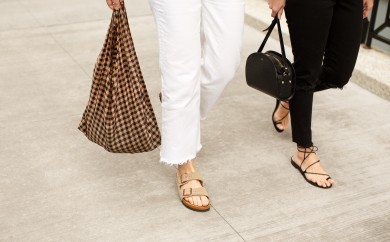

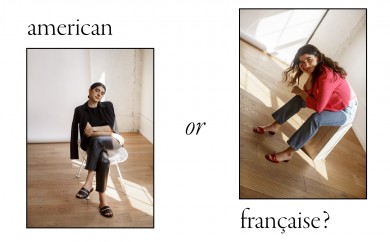
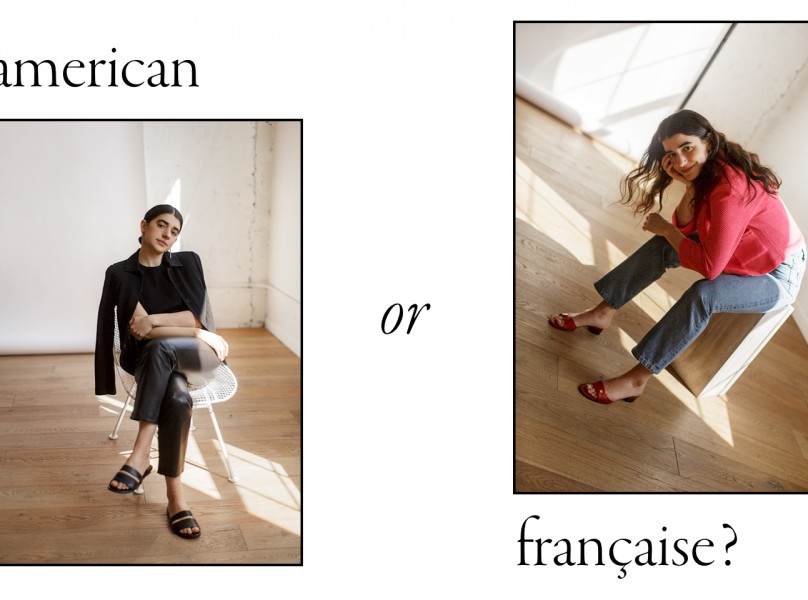
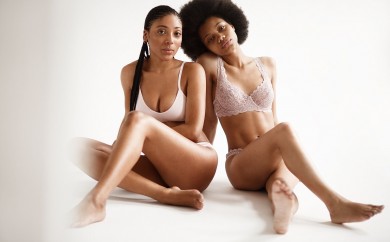
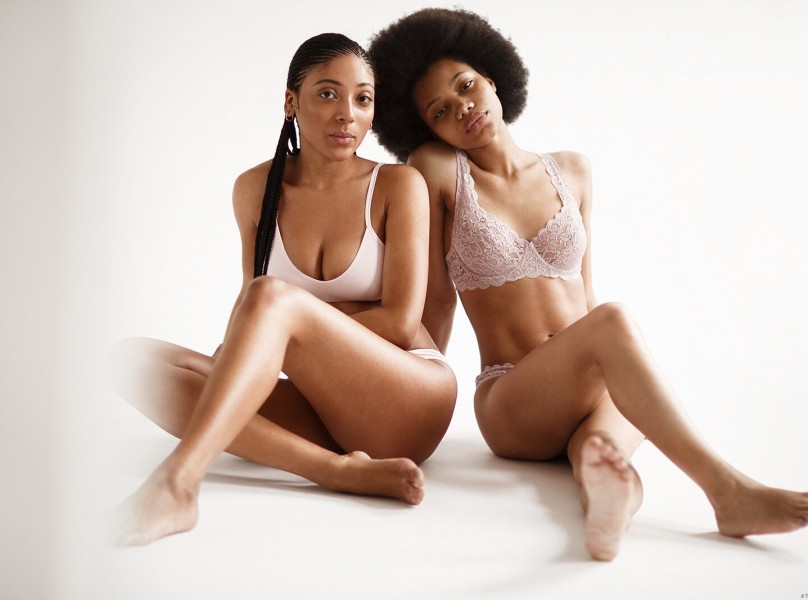
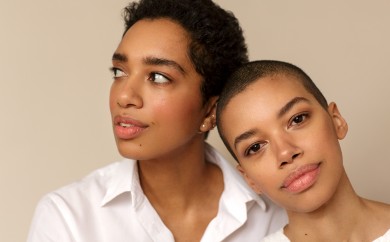



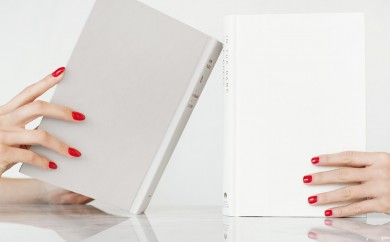
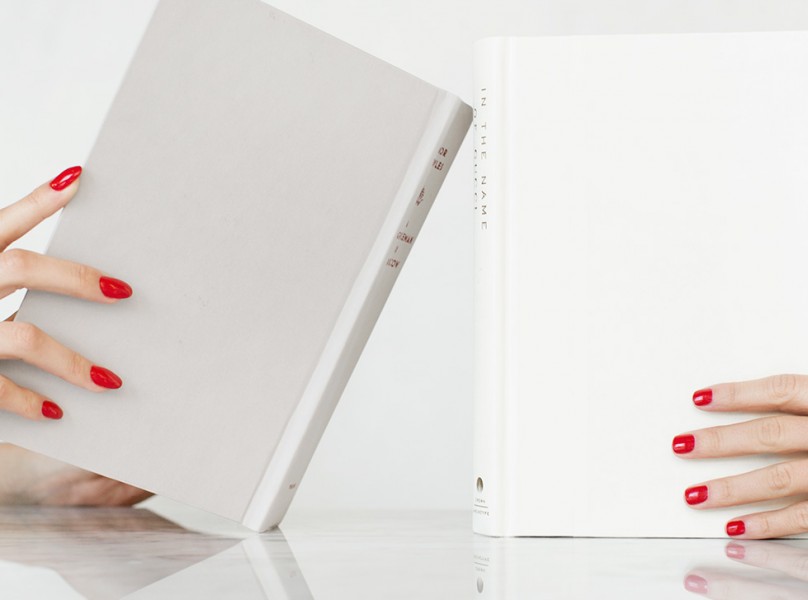


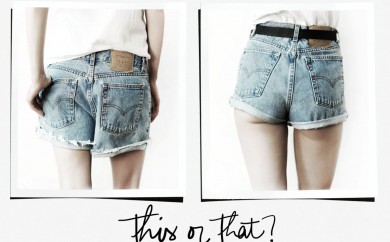
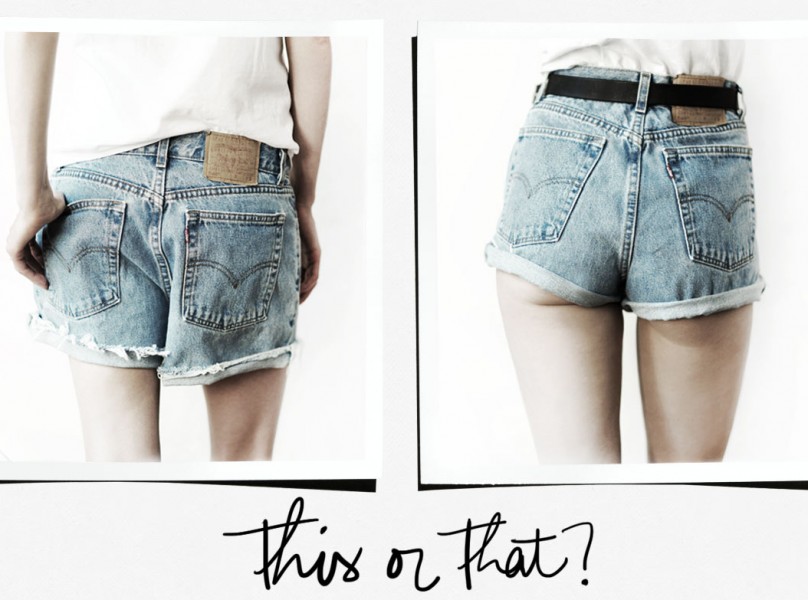
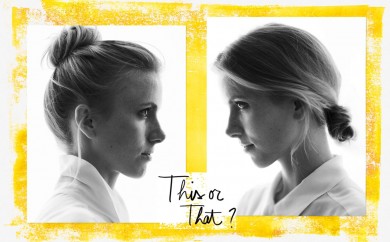
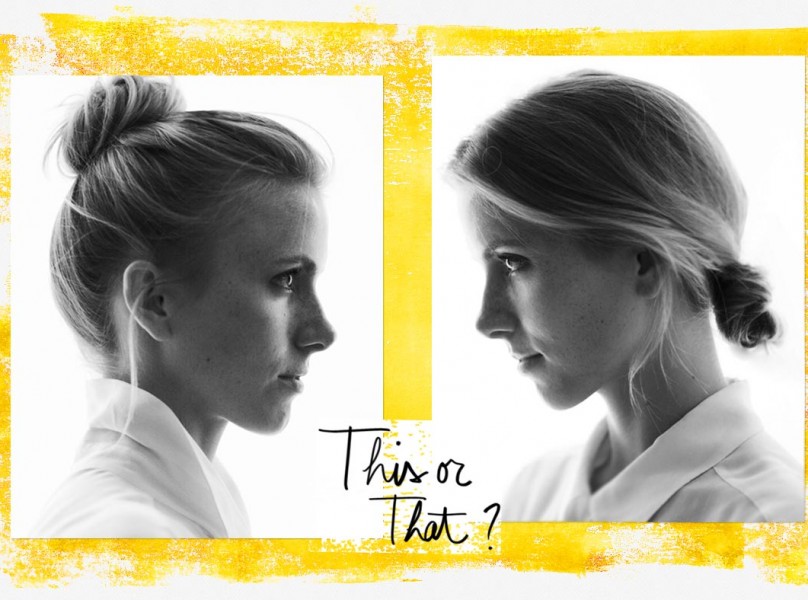




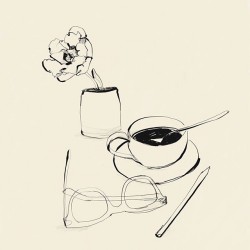
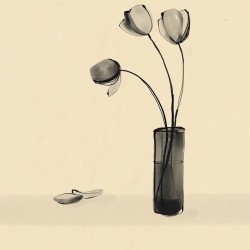
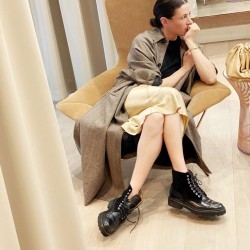

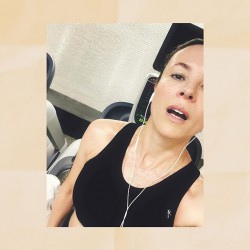
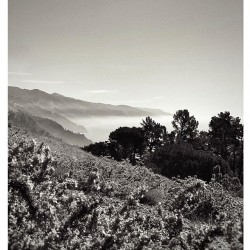
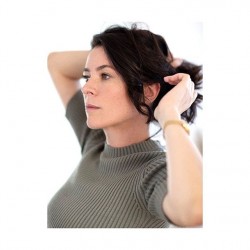
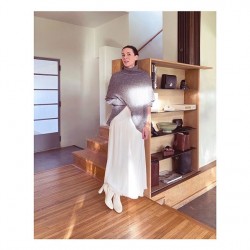


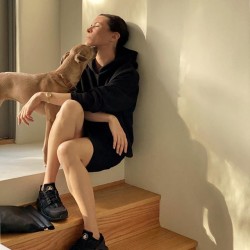

Ms. Swanson, What a Delightful reading to have on a wednesday afternoon at 15:30 !!!
Very visual and down to earth and i Liked very much !!! *_*
Um Abraço de Lisboa !!!
Absolutely ! :-) We are all heroes
thank you for sharing this!! Devoured this piece during lunch today and related so much to the journey! It was great to see this type of content back on the website!
This touched me on so many levels…
I felt just the same, still feel and often felt very too conscious about having this kind of representation of “perfection” and curated vvomen to look up to.
VVhat you said at the end is very elegant, this, is the langage of an heroine.
So thank you for this piece.
Loved this. I’ve had that Holly Golightly quote saved in a note for almost my whole life and this felt like reading a kindred spirit’s mind. Beautifully done!
My dear Beth – so lovely for all the senses. We find our heroes in the most unlikely of places. We just need the gentle nudge to look. Thanks for nudge, budgie bird????
Lovely! Thanks for this thoughtful article. The Elegance of the Hedgehog is one of my favourites – Renée is a beautiful, complex woman hiding behind a prickly exterior, like many people I’ve met. It is worth the effort to get past the prickles :)
“On the outside, she’s covered in quills, a real fortress, but my gut feeling is that on the inside, she has the same simple refinement as the hedgehog: a deceptively indolent little creature, fiercely solitary—and terribly elegant.” Take inspiration in non-conformity…
What a beautiful piece of writing. The ordinary is usually extraordinary in my experience…. thank you xx
This was wonderful to read. I felt you were retelling my connections to those characters, but with more originality and you arrived at a tidy, elegant conclusion.
reality is so much better than any fantasy :) the act of discovering who you really are, the act of becoming truly yourself, the act of stopping to strive to be like someone else, the courage to just be who you are… that’s how real life heroines are born!
The Elegance of the Hedgehog is my favorite book as well! I have recommended it to others but people have seemed to struggle with it. I LOVE THIS BOOK! I have read it several times.
Thank you for sharing, that message about normality is very needed in a super-exposed world.
One thing struck me about your readings: the ethereal heroines, the perfect creatures are always described by men. They don’t exist, they couldn’t, because the authors are just describing pure fantasm.
The Elegance of the Hedgehog is written by a woman, and that’s where one can see a healthy dose of reality.
I love this! Thank you for sharing such rich bits of your life. I too live in Ann Arbor and prefer Lyft when not using public transit I am so grateful for being so close close to the Automotive Capital.
Franny and Zooey was a high school obsession of mine, yet I preferred Jane Austen to Early American lit <3
What a great read!!! Loved every word, especially the last paragraph.
Strong performance and a nice Blog.
Thank you for this brave and thoughtful piece. I will be thinking on it all week. I hope to cultivate the habit of truly seeing the people around me, and allow myself to be inspired by their unique beauty.
Love this piece! I love how completely judgement free you are and how you find the stories all around you! We need more of you in the world please!
Oh I loved this piece!
extraordinary normality described in a wonderful way!
On the last day of my yoga teacher training, she recited this poem to the entire class before we started our practice.
So much, so often, I feel the need to push myself, in life, and even in my yoga poses, rather than savouring the journey, to constantly seek for the perfected handstand, or crow pose.
Learning to be a teacher, taught me the importance on how i should manage my own shortcomings, and also how to lead a class. To enjoy the journey and phases of life.
When I start to strive for perfection, i immediately read this again and again, on how to be grateful for all the small, and normal things.. on just savouring my breath, such a everyday and mundane thing to do.
“Do not ask your children
to strive for extraordinary lives.
Such striving may seem admirable,
but it is the way of foolishness.
Help them instead to find the wonder
and the marvel of an ordinary life.
Show them the joy of tasting
tomatoes, apples and pears.
Show them how to cry
when pets and people die.
Show them the infinite pleasure
in the touch of a hand.
And make the ordinary come alive for them.
The extraordinary will take care of itself.”
? William Martin
This is the best article that I’ve read on your site in awhile… more please!
beijinhos negro
This is exactly how i feel! I used to love celebrities, and now i love to see instastories of not so famous actresses, feminists, writers, they are so much easy to relate to and its easier to find the chic effortless attitude on them.
I was just telling my mother this morning I was to re-read one of my favorites – ‘Elegance of the Hedgehog’ and perhaps order it in French… Thank you for the nudge! :)
Very very useful article. Thanks
Wow. Amazing- this article really touched on all the insecurities I’ve had (and am currently having being a melodramatic girl in her 20s trying to find her creative identity). This is so true though- I read Seventeen & Teen Vogue growing up, which led to an abundance of clothes that were deemed ‘iconic’ but brought me no joy. And I hardly ever wore them because it didn’t make me feel comfortable in my own skin. And now, as I struggle to find my own style, it is the confident, interesting people with a strong sense of identity regardless of what society thought, that I bump into who truly inspire me.